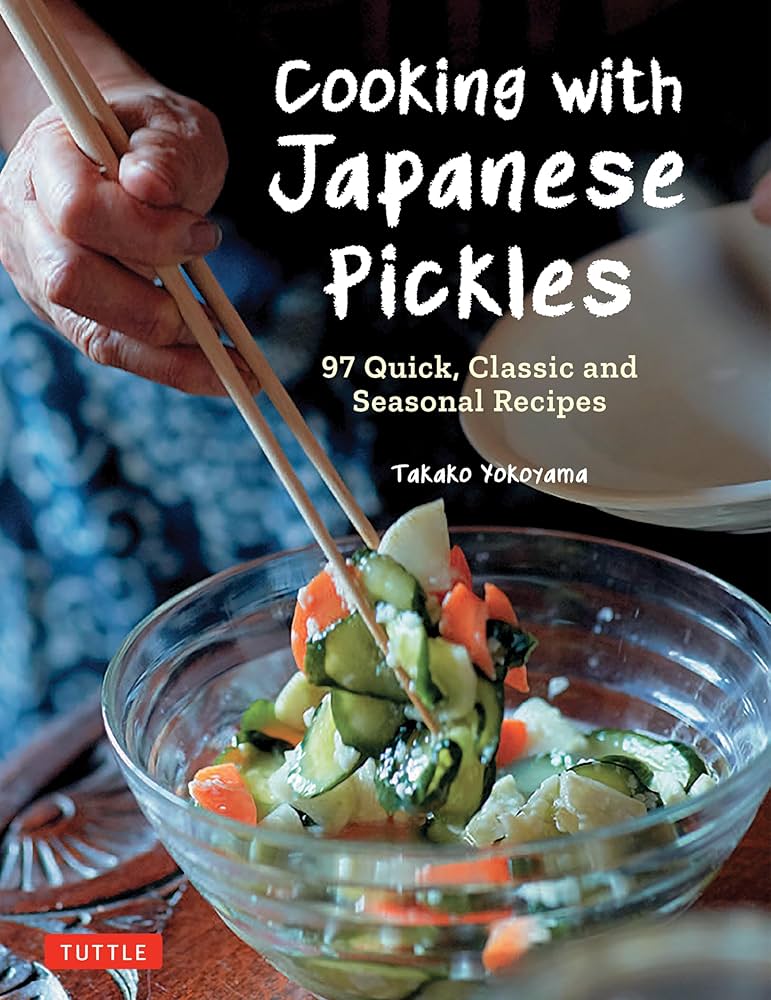The Art of Pickling: Essential Tips for Seasonal Success
Pickling is not just a method of preservation; it’s an art that allows us to enjoy the rich flavors of seasonal produce long after the growing season ends. Whether you’re a seasoned canner or a newbie curious about the vibrant world of pickling, understanding the nuances of seasonal vegetables can enhance your culinary repertoire. As August rolls around, many home gardeners find themselves with an abundant harvest. Here’s how to make the most of those fresh, crisp veggies.
Understanding Seasonal Vegetables
The peak of summer brings a plethora of vegetables that are perfect for pickling. From cucumbers to carrots, each vegetable offers a unique flavor that can be accentuated through the pickling process. Cucumbers, the classic choice, are at their most flavorful in late summer. Try pickling different varieties—like Kirby or English—which provide distinct crunch and taste.
Farming fresh cucumbers ready for pickling.
Don’t overlook less-popular candidates like radishes, green beans, and even beets. Each has its own set of flavors that can transform with the right brine. In fact, the key to great pickling is choosing fresh, in-season vegetables. They not only taste better but also yield a brighter color, appealing texture, and more robust flavor.
Crafting the Perfect Brine
An essential part of the pickling process is the brine. The balance of vinegar, salt, and sugar (when desired) can dramatically alter the taste of your pickled goods. Experimentation is encouraged! For a tangy bite, use a higher ratio of vinegar. To achieve a milder flavor, adjust the vinegar and amp up the water content. A common recipe uses a mixture of 1 part vinegar to 1 part water, with salt added to taste.
Flavor Enhancements
To elevate your pickles, consider adding spices to the brine. Dill, garlic, mustard seeds, and peppercorns can all enhance the flavor profile. For those looking to add a unique twist, try incorporating herbs like cilantro or even spices such as turmeric for an aromatic experience.
“The best pickles tell a story of the ingredients they were made from.”
Jarring Techniques
Once your brine and vegetables are ready, it’s time to jar them up. Proper canning techniques ensure that your pickles last. Begin by sterilizing your jars, which is crucial for preventing bacteria and mold growth. Fill your sterilized jars with your chosen vegetables, pour the hot brine over them, and ensure there’s enough liquid to cover all vegetables fully.
Jarring up pickles for preservation.
When sealing your jars, pay attention to the two-part lids. The inner lid should be placed on the jar before screwing on the outer ring. This allows for an airtight seal, keeping your pickles safe and fresh.
Storing Your Pickles
Once sealed, pickles can be stored in a cool, dark place. Most store-bought recipes recommend waiting at least a week before consuming to allow for the flavors to develop. However, refrigerating them can hasten flavor absorption, yielding more immediate results for the impatient pickle lover!
Variations to Explore
Don’t be afraid to think outside the jar. Pickling isn’t limited to just vegetables. Fruits like peaches, pears, or watermelon rinds can be pickled, offering a sweet contrast that’s perfect for garnishing salads or elevating a cheese platter. The technique is the same; just adjust the sugar content to balance out the natural sweetness of the fruit.
The Joy of Creative Pickling
The beauty of pickling lies in your creativity. Seasonal ingredients from your garden can inspire you to invent new flavor combinations. Consider using kombucha as a base for a unique probiotic-rich pickle or experimenting with DIY spice blends sourced from local farmer’s markets.
As you explore your own pickling adventure, keep a journal noting your experiments. This will not only help you replicate your favorite blends but also contribute to a treasure trove of ideas to draw from year after year.
An assortment of deliciously pickled vegetables ready to delight the taste buds.
Conclusion
Pickling is a fulfilling way to extend the joy of gardening into the colder months. By focusing on seasonal produce, mastering brine configurations, and testing new flavors, you can transform your kitchen into a pickling paradise. So grab your jars and get ready to experiment—you’ll be savoring your garden bounty long after summer slips into fall. Happy pickling!


 Photo by
Photo by 










